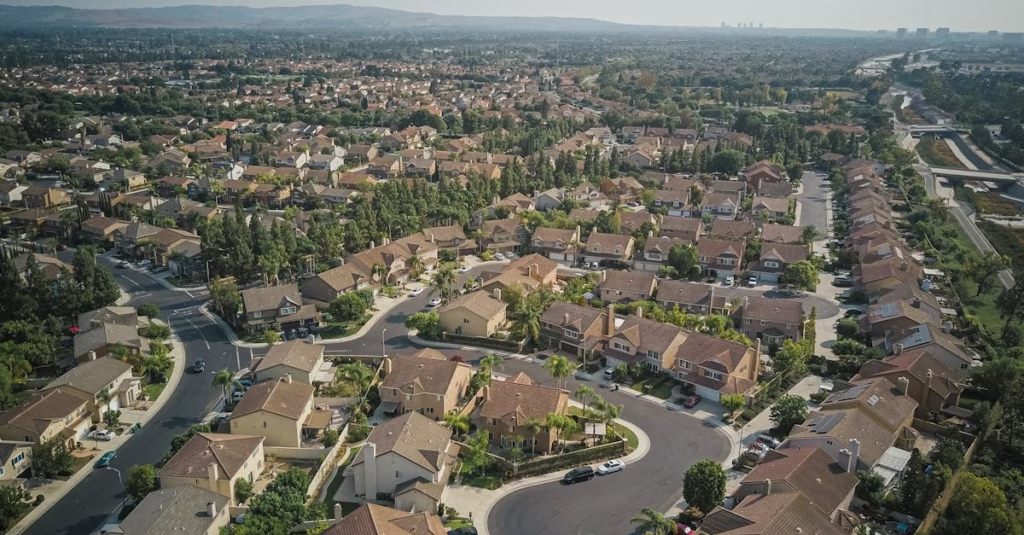In the metro vs regional property investment Australia debate, regional markets are set to outperform 2025–2030. Affordability, infrastructure, and lifestyle demand are pushing buyers into regional boom suburbs like Geelong, Sunshine Coast, and Logan. Metro hubs like Perth and Brisbane still hold strong potential, but Sydney and Melbourne face affordability caps. For investors, regions offer higher yields and growth runway, while metros provide long-term stability—making a blended portfolio the smartest play.
show moreAustralia’s property market has entered a new era. Investors are no longer debating whether the next hotspot will be in Sydney or Melbourne; the conversation has shifted to metro vs regional property investment in Australia. With affordability in the capitals hitting record lows and regional markets backed by migration, infrastructure, and lifestyle demand, the next five years are shaping up as a “great divergence.”
So—should you invest in regional or metro property in 2025? Let’s break it down with data, trends, and investor-focused insights.
The Great Divergence: Why the Market Has Split
As of 2025, Australia is running on a two-speed property market. On one side, traditional metros like Sydney and Melbourne are burdened by affordability headwinds. On the other, regional boom suburbs and secondary capitals like Geelong, the Sunshine Coast, and Logan are seeing stronger demand and superior growth prospects.
The divergence is driven by three forces:
- Record migration: Net overseas migration hit 440,000 in 2025, intensifying the supply shortage.
- Affordability collapse: The dwelling-to-income ratio is now 8.0, with a 20% deposit taking over 10 years to save.
- Supply crisis: Construction bottlenecks and labour shortages mean Australia is short nearly 400,000 homes.
This mismatch pushes demand into regions where lifestyle and affordability converge.

Metro Property Trends: Where Do the Capitals Stand?
Metropolitan markets still have strong long-term fundamentals, but their short-term challenges are obvious.
- Sydney & Melbourne: Price growth is modest (1–6% forecast in 2026) with high barriers to entry. Vacancy rates sit around 1.5–1.8%, keeping rental demand strong, but investors face low yield relative to purchase price.
- Brisbane & Perth: These stand out as exceptions. Perth is tipped for 9–11% growth in 2026, while Brisbane has surged 75% since 2020, with the 2032 Olympics infrastructure spend underpinning the next cycle.
Takeaway: Metro markets are still solid but selective. High growth will be corridor-specific, not broad-based.
Regional Property Growth 2025: The Case for the Regions
The real action is in city vs country property investment debates—and regions are gaining the upper hand.
- Affordability runway – Buyers priced out of metros are flooding into regions where they get more land and lifestyle for less.
- Infrastructure investment – Billions are being poured into regional rail, highways, airports, and health precincts.
- Lifestyle-first demand – Remote work is no longer a pandemic fad. Families and professionals are relocating permanently.
Case Study 1: Geelong (VIC)
Once industrial, Geelong has reinvented itself into a lifestyle hub.
- Median house price: $761,000 (2025)
- Growth drivers: Rail duplication, Avalon Airport expansion, strong local economy
- Investor play: Established suburbs like Geelong West for stability; growth areas like Armstrong Creek for affordability
Case Study 2: Sunshine Coast (QLD)
Forecast growth: 12–16% in 2025
- Key drivers: Hospital precinct, rail proposals, road upgrades
- Demographics: Families and retirees relocating from Sydney/Melbourne
- Lifestyle: Beaches, jobs, infrastructure—ticks all investor boxes
Case Study 3: Logan (QLD)
An affordability magnet just outside Brisbane.
- Strong population inflows from priced-out buyers
- Supported by Olympic infrastructure upgrades and transport links
- Positioned for long-term capital growth as values ripple outward from Brisbane

Pros and Cons: Metro vs Regional Property Investment
Metro Pros
- Higher liquidity and transaction volumes
- Strong rental demand in established job hubs
- Long-term resilience of global gateway cities
Metro Cons
- High entry costs, lower yields
- Affordability caps growth in Sydney/Melbourne
- Smaller affordability runway for future buyers
Regional Pros
- Lower entry price = easier diversification
- Strong growth corridors backed by infrastructure
- Demographic tailwinds (migration, lifestyle shifts)
- Higher yields relative to purchase price
Regional Cons
- More volatile if economic base is narrow
- Liquidity can be lower than metro markets
- Requires granular suburb/corridor analysis—broad regional investing can misfire
Which Suburbs Will Grow More—Metro or Regional?
The answer isn’t binary. Instead, think corridors and micro-markets:
- Regional boom suburbs like Armstrong Creek (VIC), Logan (QLD), and Sunshine Coast (QLD) are tipped to outperform due to affordability and infrastructure.
- Metro hotspots like Perth’s outer suburbs and Brisbane’s middle rings still offer strong capital growth.
The smart move is to find undervalued suburbs “priced behind but catching up” to their neighbours. For example:
- Thebarton, SA – priced $132k below surrounding suburbs.
- Geebung, QLD – cheaper than Wavell Heights, but benefiting from the same proximity to job hubs

How Investors Can Capture Asymmetric Growth
To maximise ROI, investors should go beyond metro vs regional generalisations and apply a CLEAR framework(Clarity, Leverage, Expertise, Assurance, Results):
- Clarity – Define whether you’re chasing yield (regional) or capital growth (metro).
- Leverage – Use infrastructure and migration trends to identify corridors with tailwinds.
- Expertise – Analyse micro-pockets, not just suburb medians. Price-per-square-metre analysis reveals undervalued assets.
- Assurance – Factor in zoning, overlays, and future planning approvals (dual occupancy, granny flats).
- Results – Target properties with value-add potential—cosmetic renos, second dwellings, or subdivision.
Should I Invest in Regional or Metro Property in 2025?
If you’re purely chasing short-to-medium-term capital growth, the weight of evidence points regional. Sunshine Coast, Geelong, and Logan have stronger affordability runways, major infrastructure drivers, and double-digit growth forecasts.
But if your strategy leans toward long-term resilience and liquidity, select metro plays in Perth and Brisbane remain compelling.
The real winning strategy? A blended portfolio—secure a high-growth regional corridor property while anchoring your portfolio with a metro market asset. This gives you yield, stability, and exposure to both sides of the “great divergence.”
Final Word: The Investor’s Playbook for 2025–2030
The days of passive metro investing are over. From 2025–2030, successful investors will:
- Pivot toward regional boom suburbs with affordability and infrastructure backing.
- Remain selective in metros, focusing on Brisbane and Perth growth pockets.
- Hunt asymmetric opportunities at suburb and street level using granular analysis.
- Focus on properties with value-add potential—dual occupancies, rezoning, and second dwellings.
Australia’s housing crisis isn’t going away. Demand will keep outstripping supply. But the capital flows are shifting, and savvy investors who position early in the right regions will reap the strongest returns.
Secure your next growth property
Metro vs regional property investment Australia: discover 2025–2030 growth hotspots, regional boom suburbs, and metro trends shaping investor returns.
